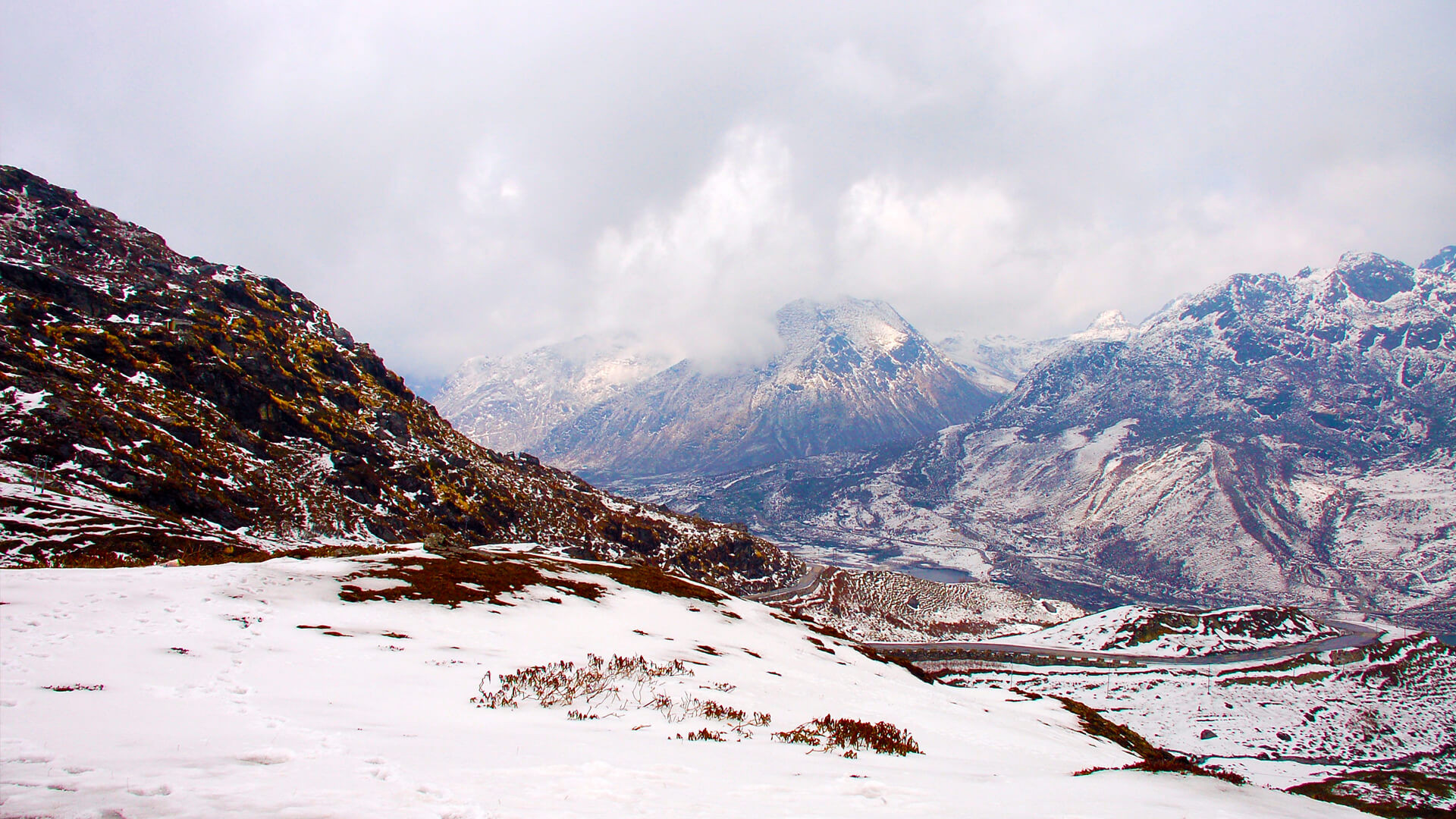Nestled in the northern part of Sikkim, Dzongu Valley is inhabited by the indigenous tribe known as Lepcha. The valley provides breathtaking views of the mighty Kanchenjunga from a group of villages occupying this part of the world. The atmosphere of Dzongu valley is calm and serene that offers a dreamlike setting to the outstanding play of the clouds in the sky.
The thick lush green forests with the chirping birds and the unbeatable serenity are difficult to ignore. Dzongu Valley is located 25 kilometers away from the small town of Mangan and one needs a permit to visit the valley. There are a few registered homestays in the valley where tourists can stay.
Best Time To Visit Dzongu Valley
One can visit Dzongu Valley throughout the year, though the best time to visit this valley is between February to June. Tourists should avoid visiting the valley during the monsoon season from June to September as it rains ponderously in the region, raising the risk of landslides or a bridge getting washed away. During winters, the temperature drops drastically, bringing snowfall to some upper villages.
History Of Dzongu Valley
The Lepchas are the indigenous tribe of Sikkim. Lepcha means ‘children of the snowy peaks’ or ‘children of the god’ when translated to English. It is believed by the Lepchas that they are the descendants of the mountains and haven’t come from any other place like the other tribes.
The Lepcha tribe has a population of only 50 thousand people scattered around the parts of Sikkim, Bhutan, Nepal, and West Bengal. They worship Mother Nature and believe that Kanchenjunga is their mother's protector.
Places To Visit In Dzongu Valley
Dzongu Valley is a beautiful hill station. Being one of the best places to visit in Sikkim, Dzongu Valley is very famous among locals and tourists. If you are traveling here, then do check out the tourist places in Dzongu Valley.
1. Traditional Lepcha Museum
Traditional Lepcha Museum is situated near the entry point of Sankalang by the confluence of the Rongyang Chu and the Teesta rivers housing artifacts and pointers of history to help tourists give an insight into the Lepcha way of life. Built on top of the strong stone pillars, the museum boasts incredible architecture. The structure is designed to withstand earthquakes and flash floods frequently.
2. Lingzya or Lingzey Waterfall
Though there are several waterfalls in the region, this one is like the ace of spade. Located in the upper part of Lingzya village with the steepest drop of about 300 feet. The waterfall is a sight to witness. The people living nearby go for Hammer fishing on the natural shelf of the falls, which is something to treasure as it is dipping in the icy cold water.
How To Reach Dzongu Valley
Dzongu Valley in Sikkim is easily accessible from Gangtok via dedicated cars and shared vehicles. Reaching here is not that difficult, one can also choose rail and air services to reach here.
By Air
The nearest airport from Dzongu Valley is the Bagdogra International Airport (IXB). Located in Siliguri, this airport is operated as a civil enclave at AFS Bagdogra of the Indian Air Force. Cabs or taxis can be availed for Mangan from Siliguri itself from kiosks outside the airport.
Here is a list of Indian cities from where flights are available To Reach Dzongu Valley
By Rail
The nearest railway station is New Jalpaiguri which is also located in Siliguri and offers direct connectivity to Dzongu Valley. This is considered the largest and busiest railway junction of North-Eastern India. After deboarding at the station, you will need to cover the remaining distance by some means of public transportation like a cab or a bus.
By Road
Tentatively it costs around 4k for an SUV for a Siliguri-Mangan drop. Alternatively, you can cover the remaining distance via a shared vehicle till Singtham for Rs 200 per person and hire a taxi for Mangan or Sankalang from there for about 2000.
Travel Tip
Dzongu Valley being an offbeat destination does not have many options for accommodation. A handful of homestays and budget guesthouses can be found in the village which can only offer to cater for the basic needs of the travelers.


